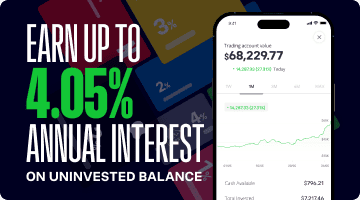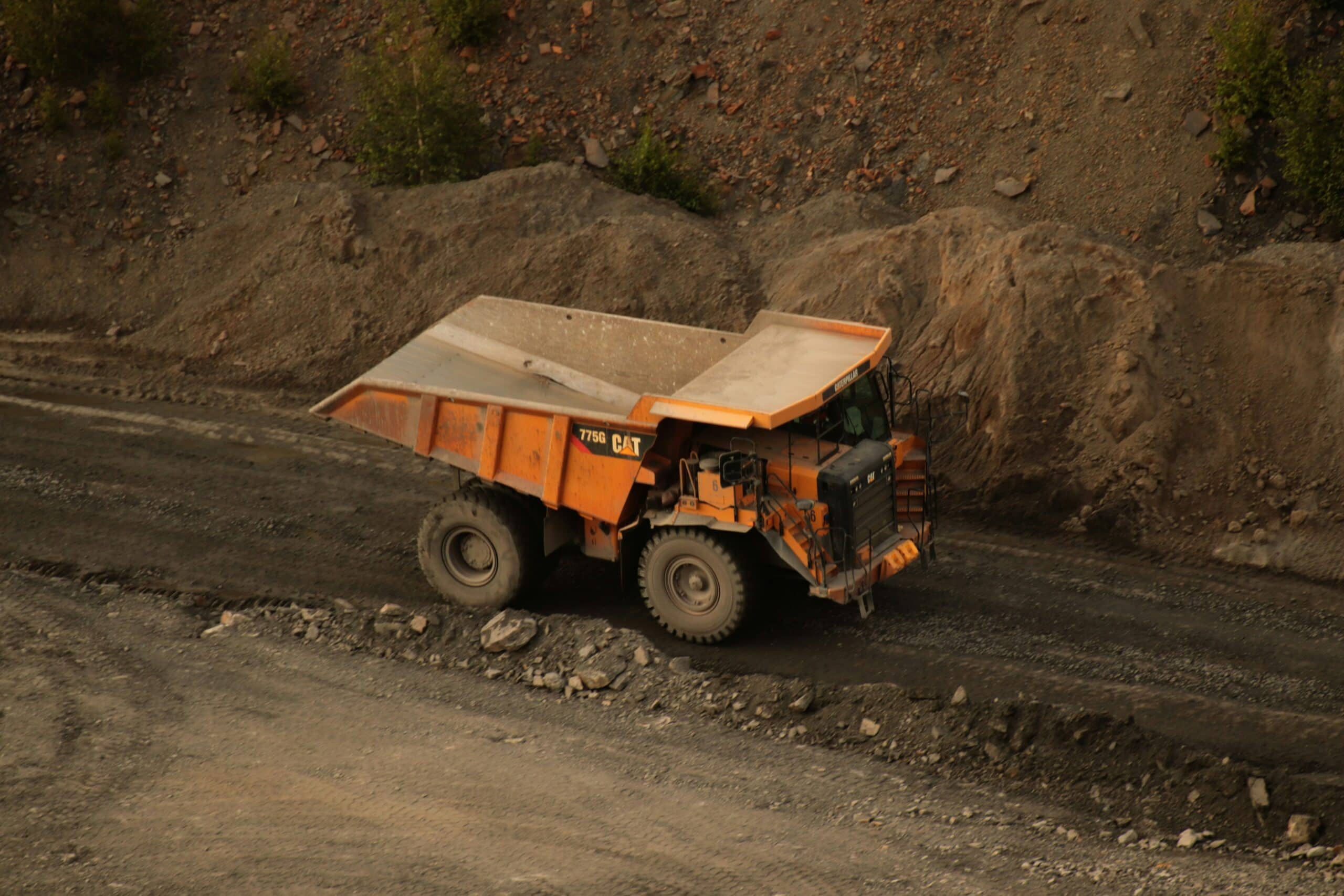BHP, the “Big Australian” has long been a cornerstone of many portfolios, but it’s feeling the weight of the commodity cycle once again. Profits have slipped to their lowest level since 2020, dividends have been trimmed, and iron ore demand from China remains soft. But, with copper and potash becoming bigger parts of the story, is BHP running out of steam, or gearing up for its next growth chapter? Let’s find out.
- Profits hit a five-year low as weaker iron ore and coal prices dragged profits and dividends, underscoring the pressure from China’s slowdown and rising competition.
- Copper and potash offer hope, with BHP doubling down on future-facing commodities to offset reliance on iron ore and position for the energy transition.
- According to Bloomberg’s Analyst Recommendations, BHP has 8 buy ratings, 18 holds, and 3 sells. The average analyst price target is AUD$42.52, signalling a 2% upside from current levels.
Explore BHP
The basics
BHP Group (ASX: BHP) is a diversified mining powerhouse producing iron ore, copper, coal and other minerals across Australia and the globe. The company’s fortunes have long been tied to global commodity cycles, booming during China’s industrial ascent and tightening during downturns. In recent years, BHP enjoyed record earnings as iron ore prices spiked, but its most recent full-year results showed its lowest profit since 2020 as iron ore prices have retreated from their previous highs.
Iron ore, once BHP’s biggest revenue driver, has lost its crown to copper as the firm continues to broaden its portfolio, though iron ore is still the biggest profit generator. It spun off its petroleum business in 2022 and refocused on metals integral to the future economy, like copper for all things tied to electrification. The shift reflects BHP’s aim to balance its exposure: iron ore still contributes the bulk of cash flow, yet copper and other “future-facing” commodities will only grow in importance.
Despite the volatility, BHP prides itself on operational excellence and tier-one assets. Its Pilbara iron ore mines rank among the world’s lowest-cost producers, and its Escondida mine in Chile is the globe’s largest copper mine.

Competitor Diagnosis
The mining industry is highly competitive, and often, the big guys look to acquire the little guys to keep their dominance. BHP has a long history of M&A activity, and most recently, in 2023, paid AUD$9.6 billion to acquire Oz Minerals to strengthen its portfolio in Copper and Nickel.
Some of the big names competing alongside BHP are Rio Tinto (RIO) and Glencore (GLEN), all of whom are looking to increase their copper production. Anglo American (AAL) is another competitor on that list that has been the centre of takeover talks in recent years given its valuable copper assets. BHP launched a huge USD$75 billion deal for Anglo last year underscoring just how determined it is to scale up in copper, though the potential deal ultimately fell through.
In short, copper is a critical metal for the electrification of the world, with higher usage of Electric Vehicles and Artificial Intelligence. The problem is a scramble for copper mines, with few new high-grade deposits being discovered and existing projects declining, striking the supply/demand imbalance. The commodity rollercoaster is also hitting BHP’s peers, meaning that this is a sector struggle. Major competitor Rio Tinto recently reported its weakest profit in five years seeing net profit down 16% despite copper earnings growing a huge 69%. Rio’s interim dividend in July was the lowest in seven years, a familiar story amid the sector’s downturn.
Other global rivals like Brazil’s Vale have been ramping up iron ore output, and new supply from regions like Africa is on the horizon. Rio Tinto for example is developing the giant Simandou iron ore project in Guinea, which could add to future supply. While these businesses are increasing production for the view of growing demand, softer Chinese demand has led to oversupply which has pressured prices for all these industry giants, not just BHP.
Financial Health Check
BHP latest full year results showed its smallest annual profit since 2020, with FY25 underlying profits sliding to US$10.2 billion, just shy of consensus forecasts and the lowest dividend in eight years at US$0.60 per share. However, that dividend was better than expected and shows the strength of its balance sheet.
The miner put its weak result down to a 19% drop in average iron ore prices, weighed down by softer Chinese steel demand and rising supply from rivals in Brazil and South Africa. Copper provided some relief with firmer prices, but it wasn’t enough to offset the broader commodity weakness. Revenue slipped about 8%, and free cash flow more than halved to just USD$5.3 billion as cash generation was crimped by lower prices and higher investments.
BHP’s earnings slump highlights the strain across commodity markets. The decline in iron ore and coal prices signals more than just market imbalances; it underscores the slowing economic momentum in major buyers like China. While CEO Mike Henry flagged an uncertain global backdrop, citing shifting trade policies and elevated geopolitical risks, he noted demand in China and India remained resilient. That resilience will be tested if China’s slowdown proves structural rather than cyclical – a risk that has investors asking whether BHP’s earnings stumble is just a short-term dip or a canary in the coal mine for commodity markets.
For shareholders, the weaker dividend is a reminder that even the world’s biggest miner isn’t immune to volatile commodity cycles. Still, BHP’s balance sheet remains strong as copper and potash offer long-term growth levers, and the company has shown recent discipline in capital allocation by only pursuing acquisitions that clear a high bar for quality and value. Looking ahead, BHP has lifted its net debt target to USD$10–20 billion (from USD$5–15 billion), reflecting the capital intensity of its growth pipeline .That balance between funding growth and maintaining resilience will be key for investors.

Buy, Hold or Sell?
The company undeniably boasts world-class assets and a strong long-term strategy, but the market’s cautious stance is warranted given the uncertainty in its key commodities.
BHP’s share price has been seesawing along with iron ore prices currently sitting 10% below its 52-week high and up just 2.6% in that time, though up almost 10% including dividends. It’s currently trading at 14x forward earnings, which is cheaper than many peers reflecting the tempered growth outlook. The catalyst for a major rerating isn’t evident yet while China’s trajectory remains murky. BHP is reliant on commodity prices. Therefore, higher prices mean larger profits and vice versa, it’s essentially at the mercy of the commodity price cycle.
For long-term investors, BHP is still a cornerstone holding in a portfolio, it’s financially solid, generously profitable even at cycle lows, and pivoting to commodities like copper that should prosper as the world decarbonises. The dividend, while lower, remains decent and could grow again if earnings recover.
According to Bloomberg’s Analyst Recommendations, BHP has 8 buy ratings, 18 holds, and 3 sells. The average analyst price target is AUD$42.52, signalling a 2% upside from current levels.
The investor takeaway?
It’s a high-quality miner built for the long haul, and standouts amongst global peers. However, given what we’re seeing from iron ore prices that continue to remain weak, analysts are seeing the stock as a hold. That means keep an eye for further weakness for entry or a clear catalyst to emerge to drive shares higher. Investors should keep an eye on those copper and potash “big bets”, if they pay off and iron ore stabilises, BHP could be poised for an upswing after the storm.
Explore BHP
eToro Service ARSN 637 489 466 promoted by eToro AUS Capital Limited ACN 612 791 803 AFSL 491139. Capital at risk. See PDS and TMD. This communication is general information and education purposes only and should not be taken as financial product advice, a personal recommendation, or an offer of, or solicitation to buy or sell, any financial product. It has been prepared without taking your objectives, financial situation or needs into account. Any references to past performance and future indications are not, and should not be taken as, a reliable indicator of future results. eToro makes no representation and assumes no liability as to the accuracy or completeness of the content of this publication.






